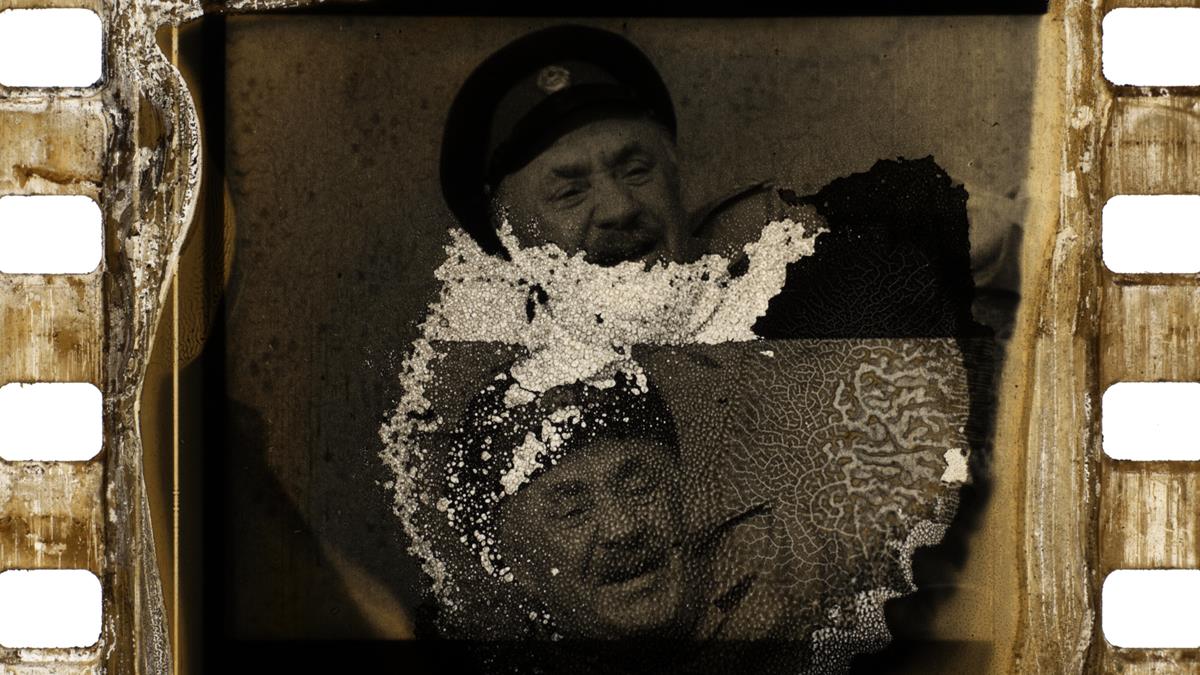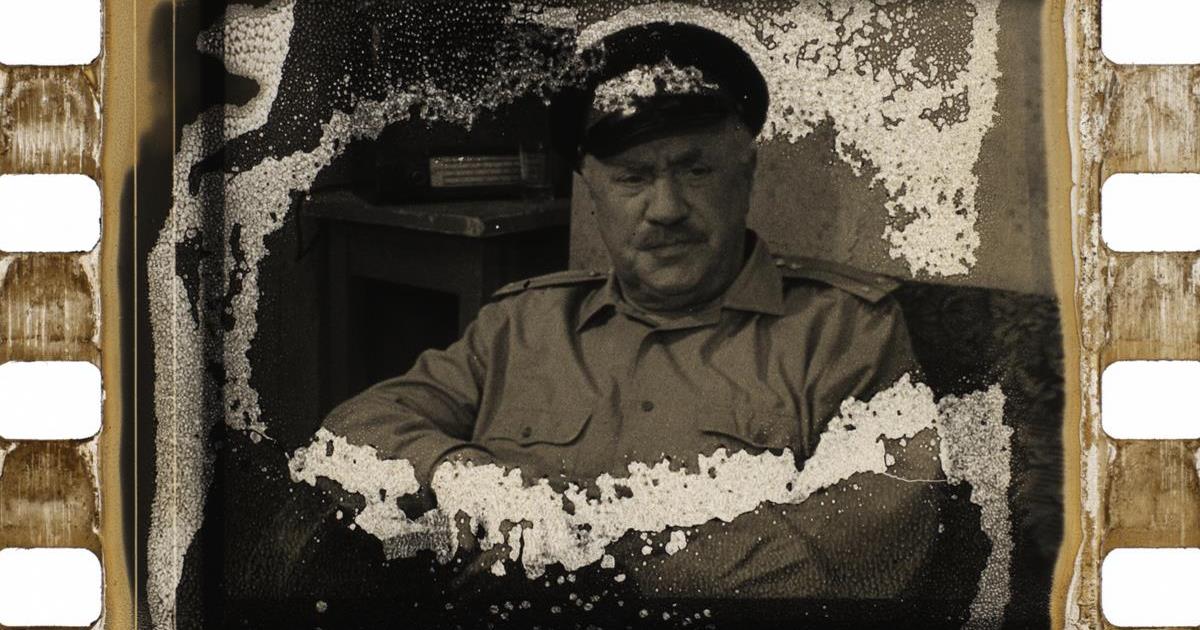
In 2016, when an Icelandic trawler 20 miles southeast of the mainland found four 35mm film reels surface with their usual catch, it sounded like a start of a John Grisham novel. But the significance of the find was more cultural than part of a missing masterpiece. It turned out this discovery was an incomplete print of a popular Soviet comedy from 1969 starring the beloved Russian actor Mikhail Zharov. The Village Detective is about Zharov’s search for a missing accordion.
For filmmaker Bill Morrison, the heavily water-damaged print and the way it surfaced could be seen as a fitting reflection on the film work of Zharov. He re-emerges from the bottom of the sea 50 years later like a Russian Rip Van Winkle, only to find a world where reels of film are as antiquated as the Soviet Union.
LIGHTS, CAMERA, ACTION! SPOTLIGHT ON FILM PRODUCTION:
From the latest advances in virtual production to shooting the perfect oner, filmmakers are continuing to push creative boundaries. Packed with insights from top talents, go behind the scenes of feature film production with these hand-curated articles from the NAB Amplify archives:
- Savage Beauty: Jane Campion Understands “The Power of the Dog”
- Dashboard Confessional: Ryusuke Hamaguchi’s “Drive My Car”
- “Parallel Mothers:” How Pedro Almodóvar Heralds the New Spanish Family
- “The Souvenir Part II:” Portrait of the Artist As a Young Woman
- Life Is a Mess But That’s the Point: Making “The Worst Person in the World”
Bill Morrison is a director and editor whose films often combine rare archival material set to contemporary music. He has collaborated with some of the most celebrated composers, including John Adams, Gavin Bryars, Philip Glass, Michael Gordon, Bill Frisell, and for his new film, The Village Detective: A Song Cycle, David Lang.
Morrison wrote on Talkhouse about the discovery. “The reels of Derevensky Detektiv [The Village Detective] that were pulled up from the Atlantic Ocean did not represent the discovery of a rare film. On the contrary, these were only four of the nine reels that comprise the complete film, the camera negative of which is safely stored in the vaults of Gosfilmofond, the Russian film archive.
“The film has been regularly shown on Russian television for the past 50 years, and therefore has been seen by generations of Russians. So it may have been found, but it had never truly been lost to begin with.
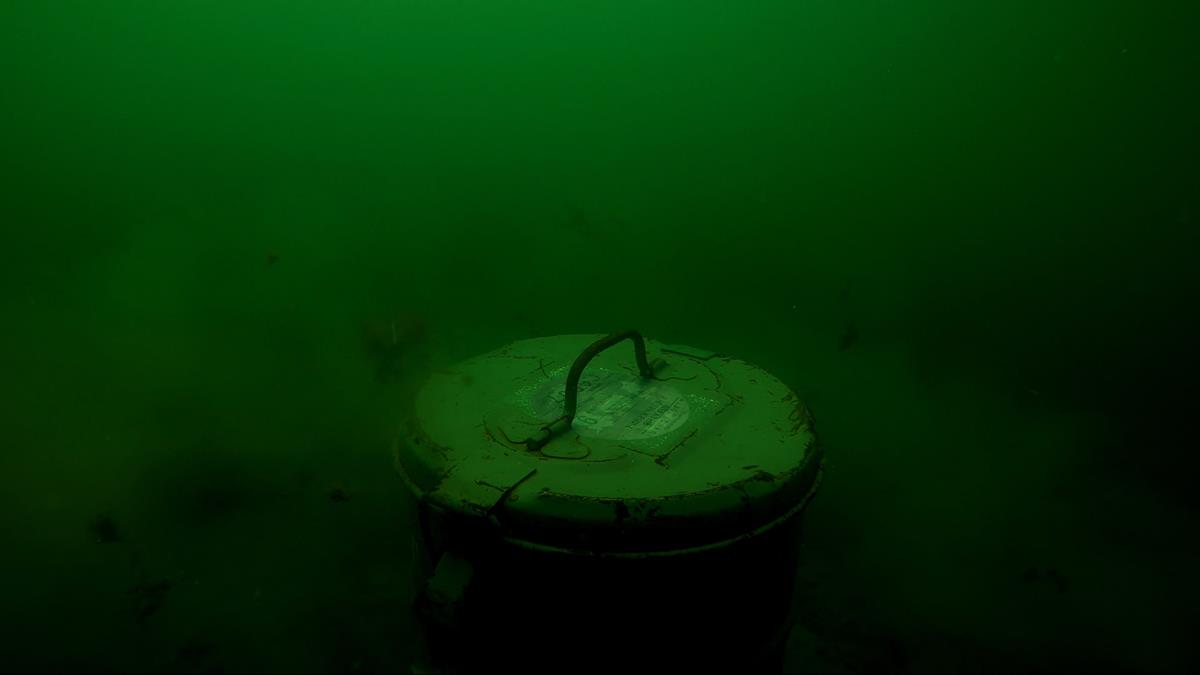
“There were no kind of subtitles on the print at all, so it was definitely for a Russian audience. There are a fair number of Russian expats living in Iceland, and those who watch films mostly congregate in a small community organized around Soviet propaganda films. They checked their records and this print had never been shown in Iceland before.”
READ MORE: The Quietude of Eternity: Finding The Village Detective (Talkhouse)
Senses of Cinema also raised the question while speaking with Morrison of the durability of our fragile digital media. “But if celluloid film is the only medium that can survive the ocean, how will future generations remember us? Morrison uses the discovery as a jumping off point for his latest meditation on cinema’s past, offering a journey into Soviet history.”
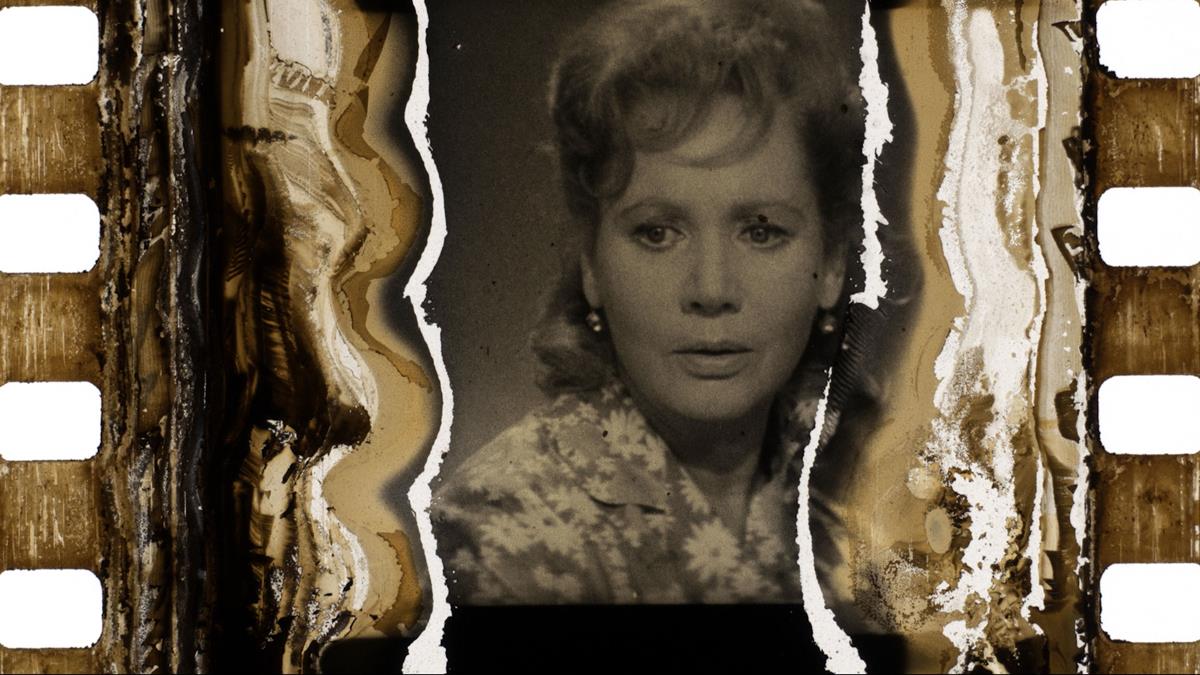
Morrison picks up this point, “Hard drives and electronic media have no real place in a library whose purpose is to preserve media for future generations. It is widely accepted that only a small percentage of the enormous amount of digital media that we produce each day will survive our lifetimes, if they survive the next decade.
“The digital archive exists as an ephemeral action, the calling up or sending of information from one server to another. It does not exist in the cold, dry resting place of a physical object on the shelf in a brick-and-mortar building.”
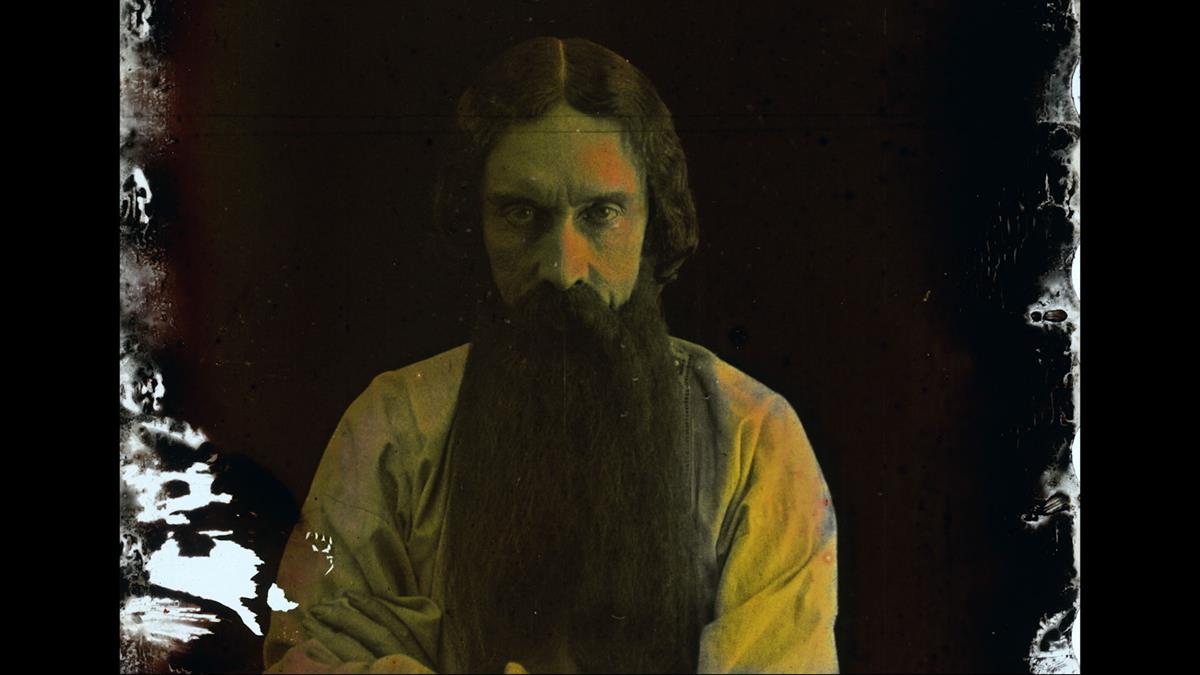
For The Village Detective: A Song Cycle, the sunken print becomes an avenue for exploring how Zharov’s presence in more than 70 motion pictures can help us understand the machinations of Soviet cinema. The backbone of the film, the print, becomes anything but insignificant and is sitting alongside other unusual scraps of history, such as the decayed and incomplete print of The Fall of the Romanovs (1917), where figures melt into the emulsion — a familiar nitrate-induced image from Morrison’s filmography.
READ MORE: Sunken Film: Bill Morrison Talks The Village Detective: a song cycle (Senses of Cinema)
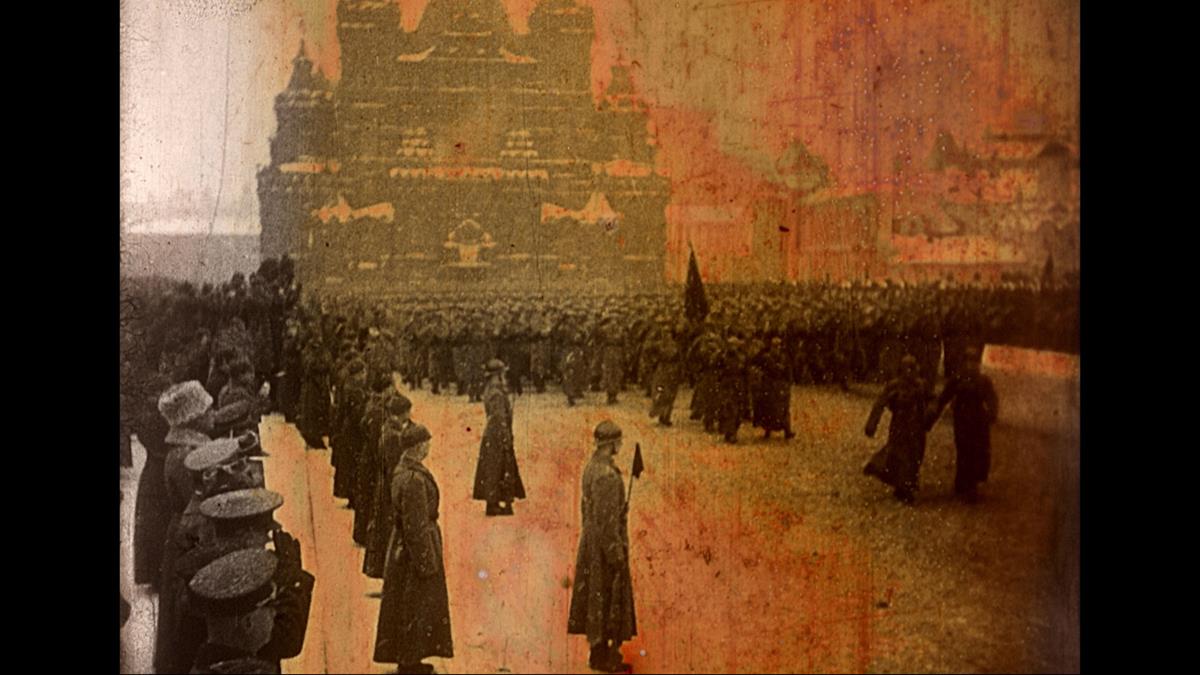
Morrison explains how he proceeded with his film, “So the actor Mikhail Zharov became my MacGuffin. I would not create a biopic about him, but I would use his career as recorded on film to dive through the Soviet century, as a divining rod that would reflect the years and decades in which he worked.
“There was the problem of how to communicate the story: this hunt for an accordion, which for me was representative of this hunt for some kind of folk truth. A truth that was true for the people — regardless of who the government in power was.
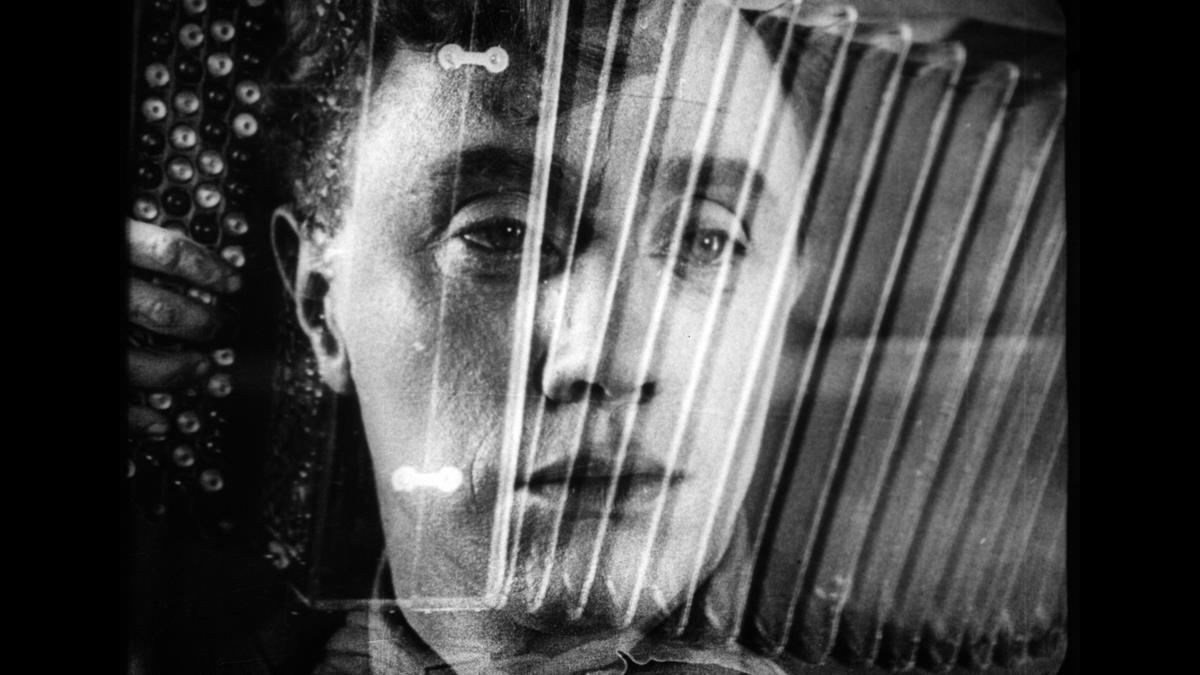
“You see the print at the beginning when it’s run at 24 frames-per-second and it’s quite chaotic with all of the water damage. I added the clean soundtrack from the film itself, so that you don’t hear what the soundtrack from the bottom of the sea would sound like. To let that footage roll like it was could be somewhat annoying after a while, so it’s only by slowing it down that we start to see the beauty in the reticulation and the damage that’s happened to it.
“What will future generations know of these images when they resurface? Fragile as they may seem to be, it seems what we have printed on plastic film, and wound up to sit on our shelves, is what will survive us. Our history, as perceived by future generations or alien beings, will become more and more associated with the 20th century because that is what was recorded on film.”
